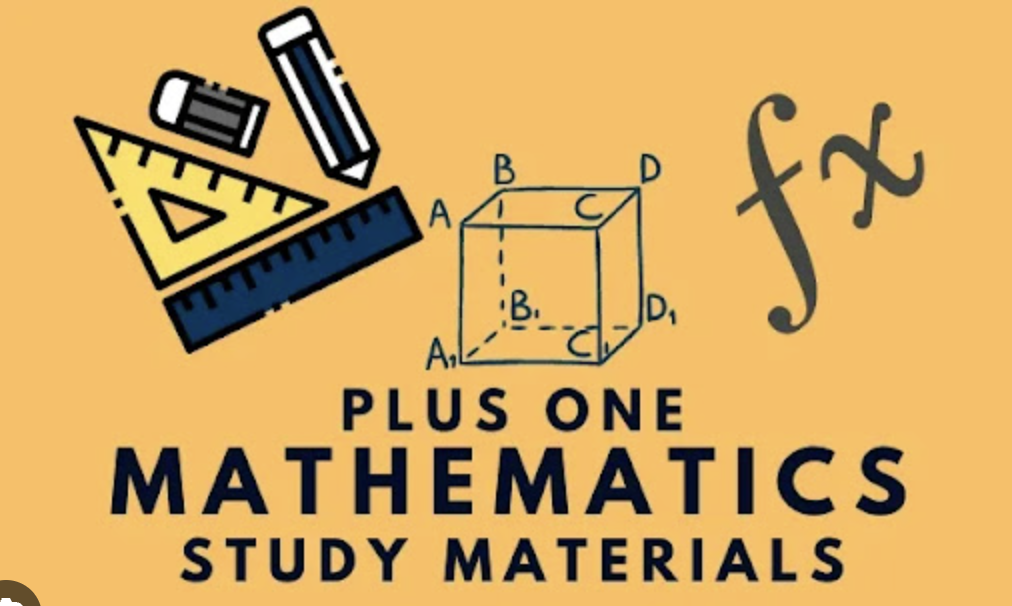This chapter introduces students to the fundamental concept of sets, which serves as the foundation for much of modern mathematics. Students will learn set notation, operations like union and intersection, and properties of sets including subsets, power sets, and the universal set. Through practical examples and visual representations, this chapter helps students develop logical thinking and classification skills that will be essential for more advanced mathematical concepts.
Chapter 1: Sets
Introduction to Sets
- A set is a well-defined collection of distinct objects
- Objects in a set are called its elements or members
- Notation: Set A = {1, 2, 3, 4, 5}
Representation of Sets
- Roster Method: Listing all elements within braces
- Example: A = {1, 2, 3, 4, 5}
- Set Builder Form: Describing the property of elements
- Example: A = {x : x is a natural number less than 6}
Types of Sets
- Finite Set: Contains a definite number of elements
- Example: A = {1, 2, 3, 4, 5}
- Infinite Set: Contains unlimited elements
- Example: N = {1, 2, 3, …} (set of all natural numbers)
- Empty Set (∅): Contains no elements
- Example: Set of natural numbers less than 1
- Universal Set (U): Contains all elements under consideration
- Subset (⊆): Every element of set A is also in set B
- Example: If A = {1, 2} and B = {1, 2, 3}, then A ⊆ B
- Proper Subset (⊂): A is a subset of B, but A ≠ B
- Example: If A = {1, 2} and B = {1, 2, 3}, then A ⊂ B
- Equal Sets: Two sets with exactly the same elements
- Example: {1, 2, 3} = {3, 1, 2} (order doesn’t matter)
Set Operations
- Union (A ∪ B): Elements belonging to either A or B or both
- Example: {1, 2, 3} ∪ {3, 4, 5} = {1, 2, 3, 4, 5}
- Intersection (A ∩ B): Elements common to both A and B
- Example: {1, 2, 3} ∩ {3, 4, 5} = {3}
- Difference (A – B): Elements in A but not in B
- Example: {1, 2, 3, 4} – {3, 4, 5} = {1, 2}
- Complement (A’): Elements in the universal set but not in A
- Example: If U = {1, 2, 3, 4, 5} and A = {1, 3, 5}, then A’ = {2, 4}
Venn Diagrams
- Visual representation of sets and their relationships
- Useful for visualizing set operations
Important Formulas
- n(A ∪ B) = n(A) + n(B) – n(A ∩ B)
- n(A ∪ B ∪ C) = n(A) + n(B) + n(C) – n(A ∩ B) – n(B ∩ C) – n(A ∩ C) + n(A ∩ B ∩ C)
- n(U) = n(A) + n(A’)
Complete Chapter-wise Hsslive Plus One Maths Notes
Our HSSLive Plus One Maths Notes cover all chapters with key focus areas to help you organize your study effectively:
- Chapter 1 Sets
- Chapter 2 Relations and Functions
- Chapter 3 Trigonometric Functions
- Chapter 4 Principle of Mathematical Induction
- Chapter 5 Complex Numbers and Quadratic Equations
- Chapter 6 Linear Inequalities
- Chapter 7 Permutation and Combinations
- Chapter 8 Binomial Theorem
- Chapter 9 Sequences and Series
- Chapter 10 Straight Lines
- Chapter 11 Conic Sections
- Chapter 12 Introduction to Three Dimensional Geometry
- Chapter 13 Limits and Derivatives
- Chapter 14 Mathematical Reasoning
- Chapter 15 Statistics
- Chapter 16 Probability

1 thought on “HSSLIVE Plus One Maths Chapter 1: Sets Notes”